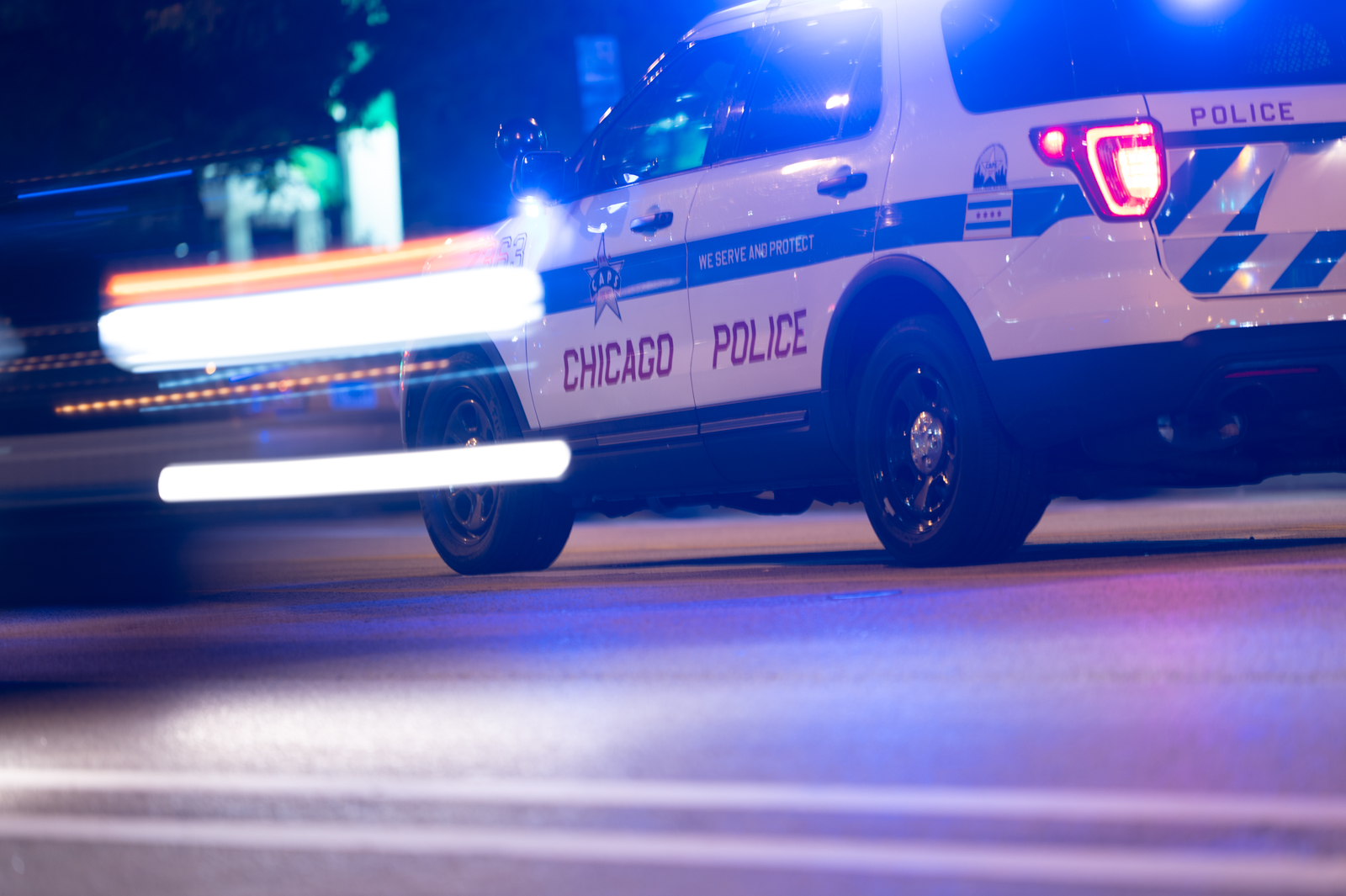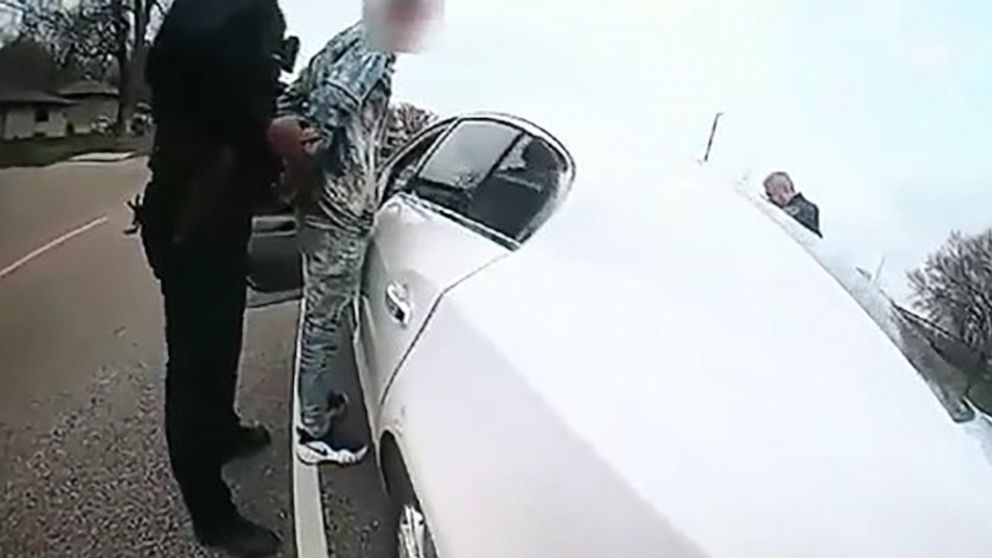
A national data set established by the FBI in 2019, for example, contains data from only about 40% of US law-enforcement officers. The data are still limited, which makes crafting policy difficult. A December 2019 paper reported that bias in police administrative records results in many studies underestimating levels of racial bias in policing, or even masking discrimination entirely 3. Data from California show that police stopped and used force against Black people disproportionately, compared with other racial groups, in 2018 (see go./2bgfrah). “One thousand deaths a year does not have to be normal.” Since Nature reported last September on what the data say about racial bias and police killings, new evidence has continued to support a link. “We have enough evidence that tells us that action needs to be taken,” says Justin Nix, a criminologist at the University of Nebraska Omaha. And in another study, Black people who were fatally shot by police seemed to be twice as likely as white people to be unarmed 2. By one estimate, Black men are 2.5 times more likely than white men to be killed by police during their lifetime 1. About 1,000 civilians are killed each year by law-enforcement officers in the United States. From these growing data sets come some disturbing findings.

Government officials, academic researchers and media outlets launched data-collection projects around that time to better understand the frequency of police violence and the risk factors that contribute to it. Those data and studies have begun to materialize, spurred by protests in 2014 after the deadly shooting of Michael Brown in Ferguson, Missouri, and the death by chokehold of Eric Garner in New York City.


#Man shot 5 times by police in chicago how to
Many have been arguing for years about the need for better data on the use of force by the police in the United States, and for rigorous studies that test interventions such as training on how to de-escalate tense interactions or mandating the use of body-worn cameras by officers. This deadly use of force by the now-former Minneapolis police officer has reinvigorated a very public debate about police brutality and racism.Īs protests have spread around the globe, the pressure is on police departments and politicians, particularly in the United States, to do something - from reforming law-enforcement tactics to defunding or even abolishing police departments.Īnd although researchers are encouraged by the momentum for change, some are also concerned that, without ample evidence to support new policies, leaders might miss the mark. Credit: Elijah Nouvelage/Gettyįor 9 minutes and 29 seconds, Derek Chauvin pressed his knee into the neck of George Floyd, an unarmed Black man. Body-worn cameras can increase the accountability of the police, but studies on their use have produced mixed results.


 0 kommentar(er)
0 kommentar(er)
